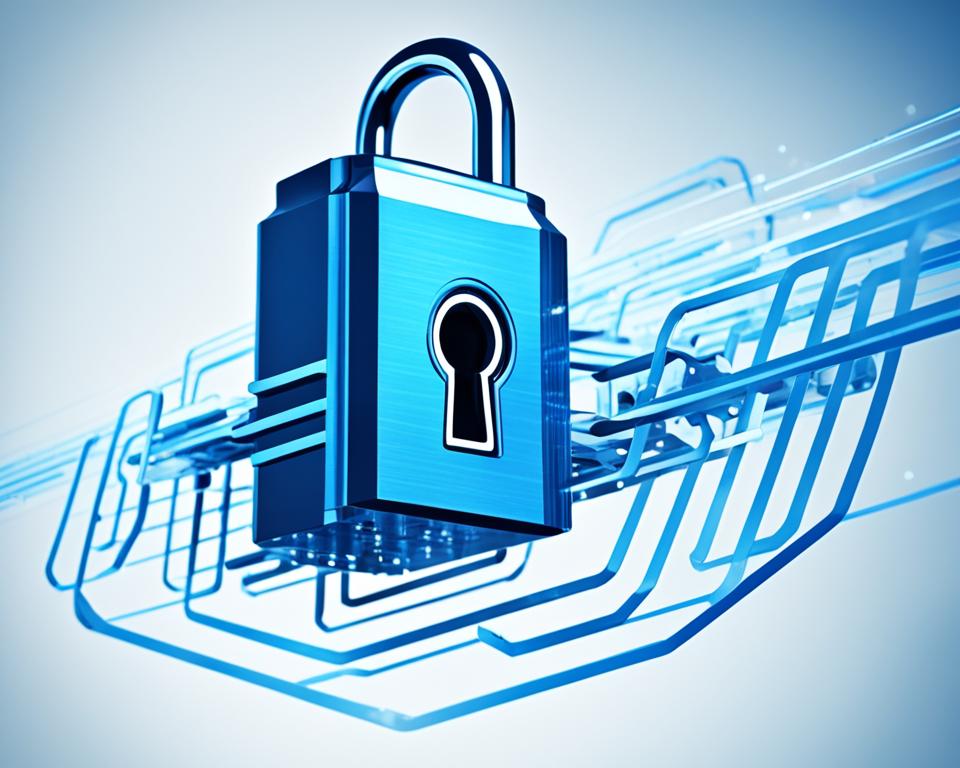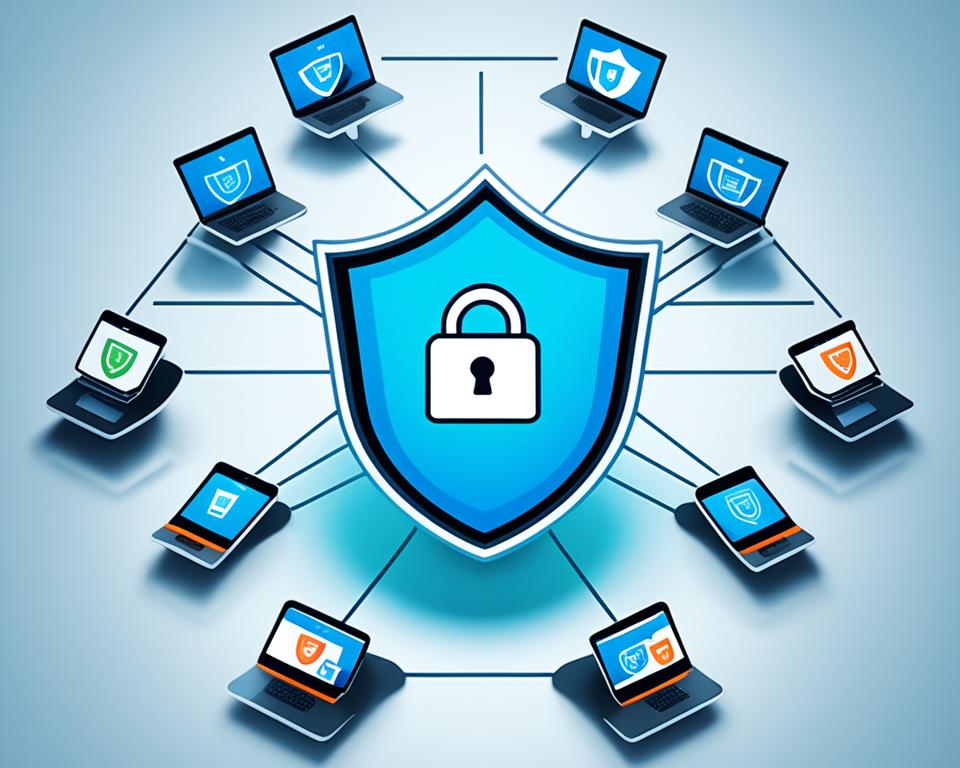In the digital era, managing devices from anywhere is crucial for organizations. Businesses need effective IT support, making robust remote access software vital for all sizes. This is particularly true with the recent increase in remote work.
BeyondTrust provides two excellent products: Privileged Remote Access and Remote Support. They empower IT teams, help desks, and vendors to securely access and troubleshoot devices. They do this by using detailed access controls and the principle of least privilege.
Understanding Remote Access Control

In our digital world, the need to access and manage devices from afar is vital. Remote access control allows approved users to connect and handle systems safely. This makes remote support, network management, and working from anywhere easier.
What is Remote Access Control?
Remote access tools help IT professionals and others to control computers and devices from a different place. They create secure links for tasks like fixing issues, installing software, and moving data. You don’t have to be next to the device you’re working on.
Benefits of Remote Access Control Solutions
Using remote access management has big benefits for both groups and individuals:
- Enables a remote workforce, allowing employees to access corporate resources securely from anywhere.
- Facilitates secure third-party access for vendors, contractors, and consultants, streamlining collaboration.
- Simplifies IT operations by providing remote support and maintenance capabilities, reducing downtime and increasing efficiency.
- Supports secure Bring Your Own Device (BYOD) policies, enabling employees to work from their personal devices while maintaining data security.
Key Components of Remote Access Control
Good remote access technology has specific parts:
- Remote access software: Applications that establish secure connections between remote users and target devices, enabling remote control and management.
- Privileged access management: Solutions that govern and monitor privileged access to critical systems, ensuring proper access controls and auditing.
- Multi-factor authentication: Additional layers of security, such as biometrics or one-time passwords, to verify user identities and prevent unauthorized access.
- Encryption: Robust encryption protocols that protect data in transit and at rest, safeguarding sensitive information from interception or theft.
“Remote access control technologies have become integral in the IT industry, with a 67% increase in adoption over the past five years.” – IT Industry Trends Report 2021
With remote access control, organizations can make their work smoother, boost how much they get done, and keep important resources secure. It works no matter where you are.
Securing Remote Access

In our connected world, keeping remote access safe is crucial for all organizations. Staff and partners often need to join the network from afar. It’s important to have strong security to keep data safe and ward off cyber threats.
Securing Remote Access with Privileged Access Management
Privileged Access Management (PAM) is key to remote access security. It uses the least privilege rule and strict control for remote users with special access. This means only giving out access that’s really needed. It helps avoid security breaches and stops unauthorized entries.
Enabling Zero Trust Remote Access
The zero trust model is a new and strong way to protect remote access. It looks at users, devices, and connections from afar as potential risks. This approach checks and rechecks everything. It helps fight against threats like phishing, malware, and unauthorized access.
Just-in-Time Access for Remote Users
Just-in-Time (JIT) access is vital for a secure remote strategy. It lets remote users in for a short time, only when they need. Access is pulled as soon as they’re done. This way, there’s less chance for unwanted actions and the attack area is smaller.
Top secure remote access tools by BeyondTrust and NordLayer use PAM, zero trust, and JIT access. They offer strong ways to verify who’s getting in, like multi-factor authentication, single sign-on, and access management tools. They also use VPNs and other secure technologies to fight cyber threats.
With these solutions, organizations can let their remote teams work easily and safely. This keeps the work going smoothly while protecting important information from cyber dangers.
Choosing the Right Remote Access Control Solution
Choosing the best remote access control for my organization means looking at many things. The way we can get in, like through a VPN or a direct link, is very important. Ease of use and fitting in with our current IT tools are big too.
Security is also a big deal for me. I look for things like using more than one way to log in, keeping track of who does what on the system, and then giving out very specific permissions. Tools like TeamViewer or GoToMyPC do this in different ways. How well these tools work when lots of people use them matters as well.
But, the best choice really comes down to what my business needs. For us, that might mean making sure our team can work safely from wherever they are. Or maybe we need to help our IT staff act fast when something goes wrong. Sometimes, it’s about keeping very important parts of the system safe from the wrong hands. By thinking about all these things, I can pick something that does everything we need and keeps us safe too.


